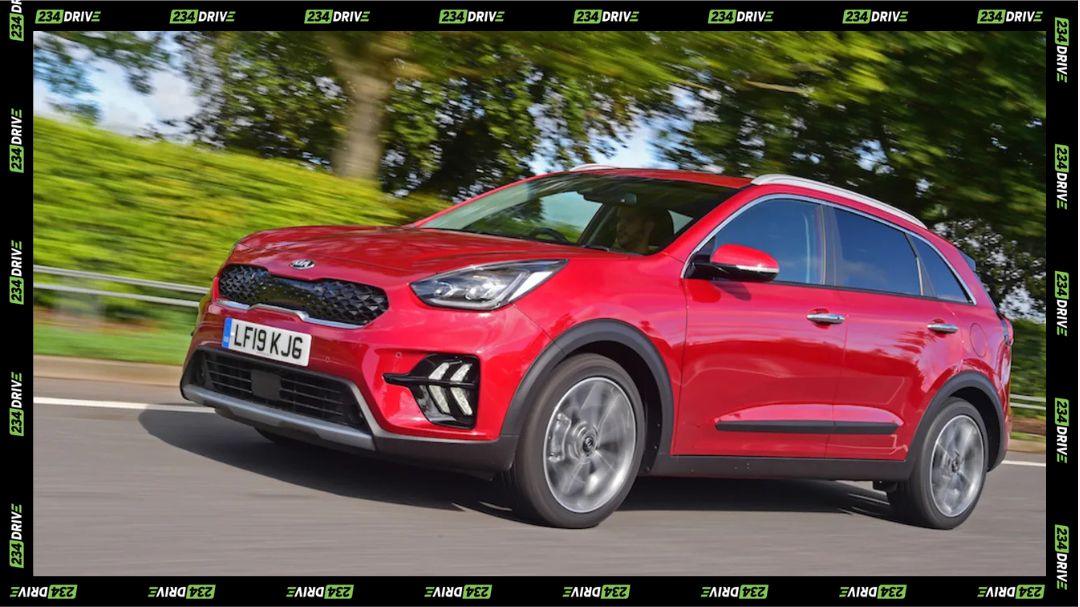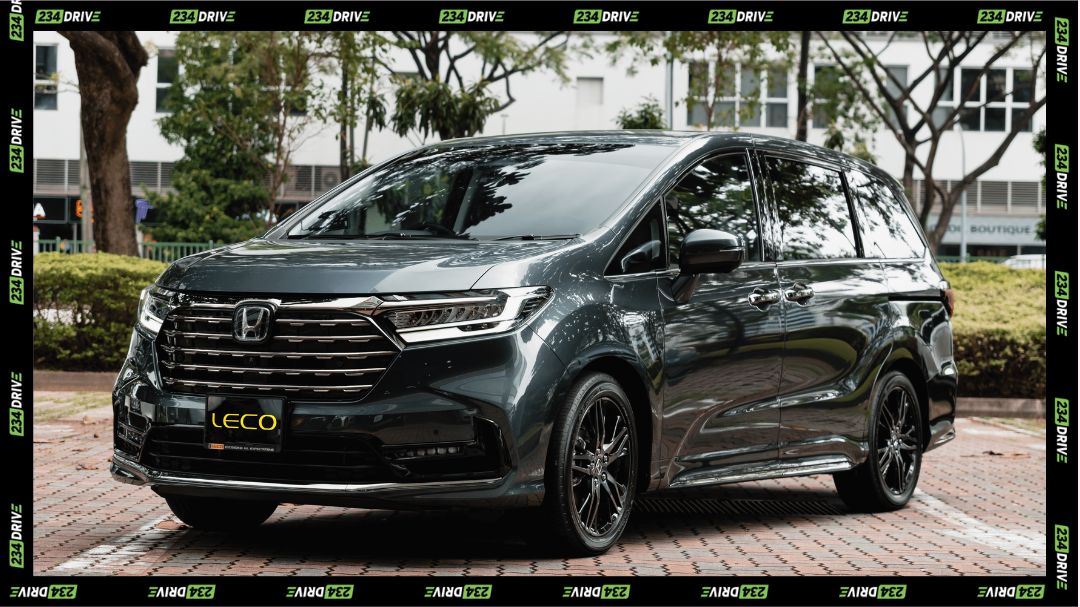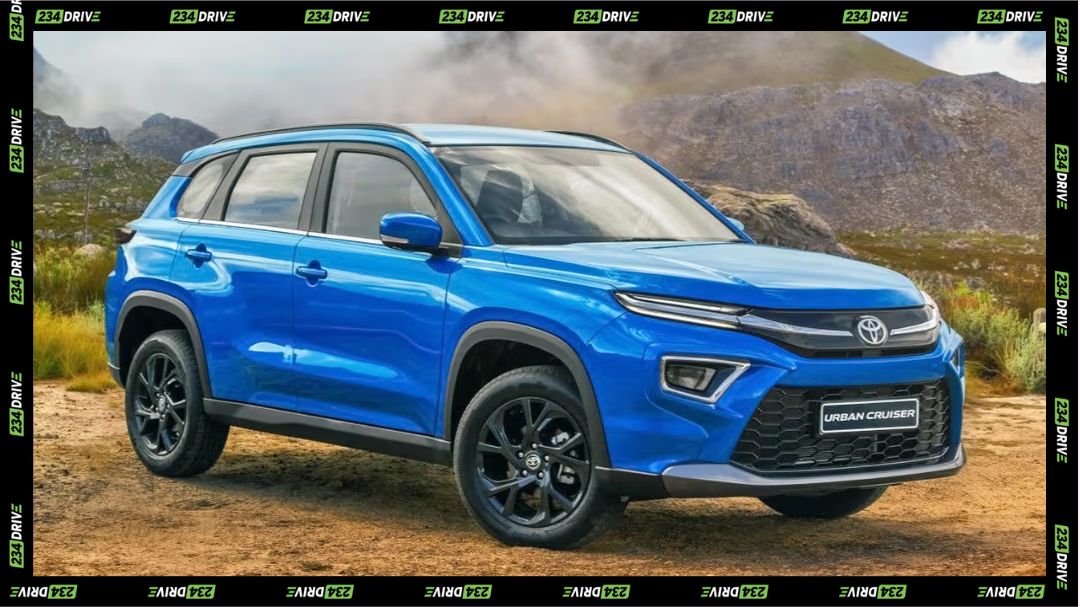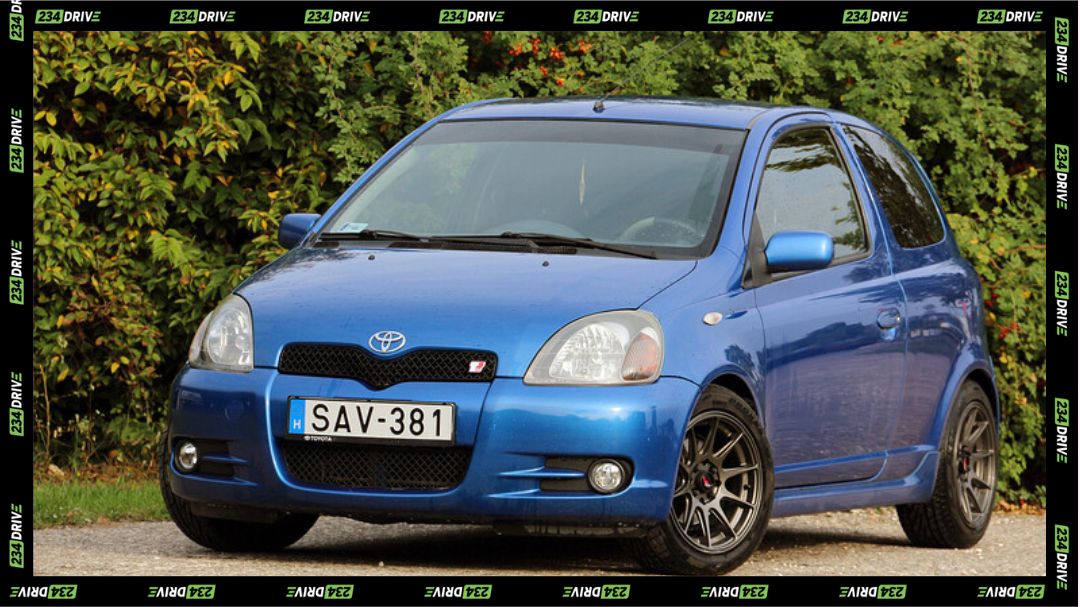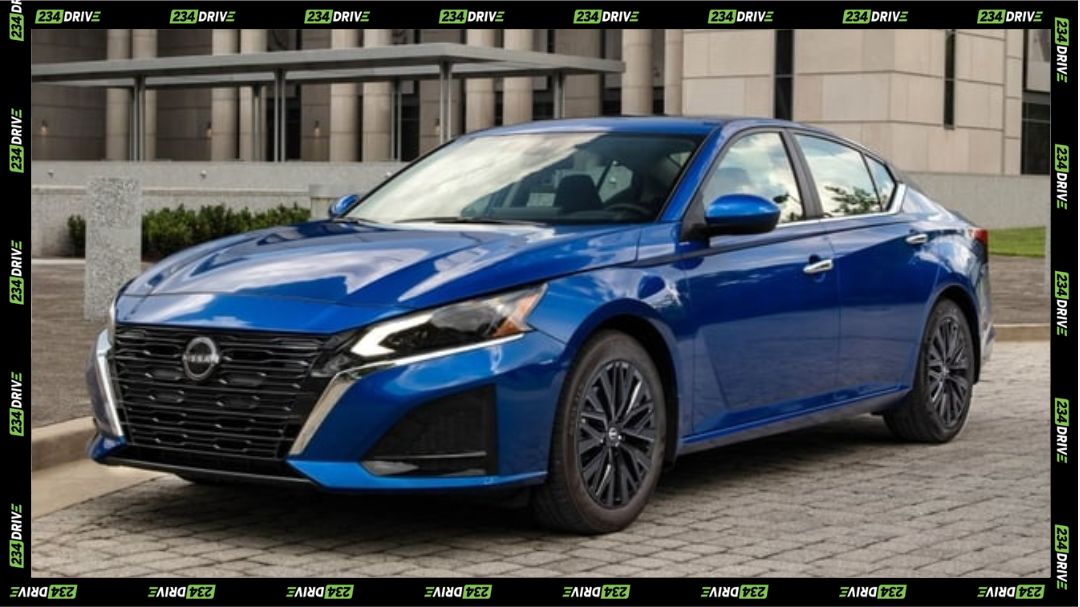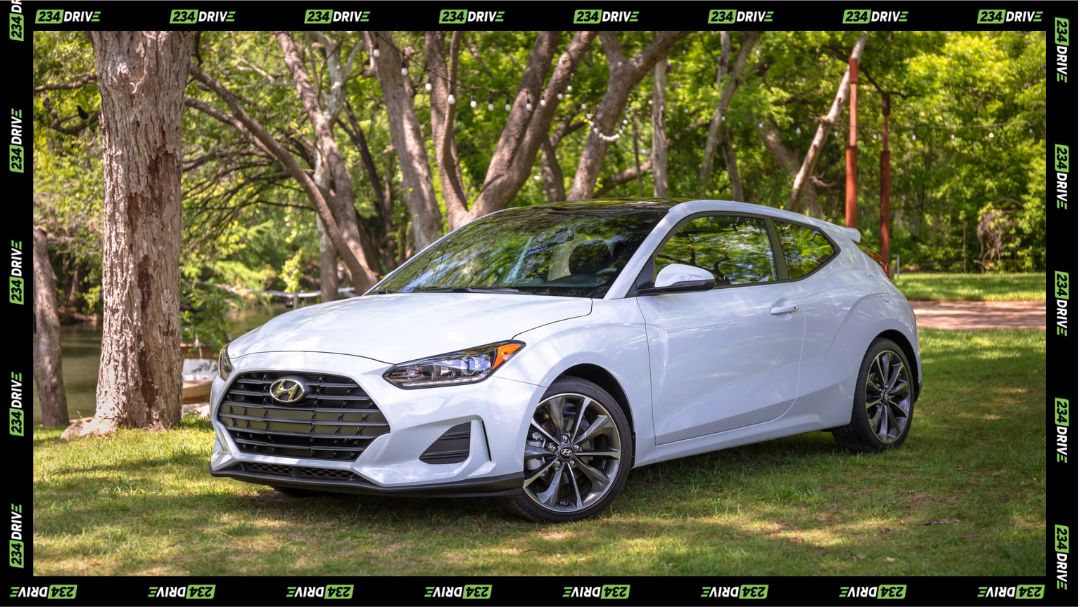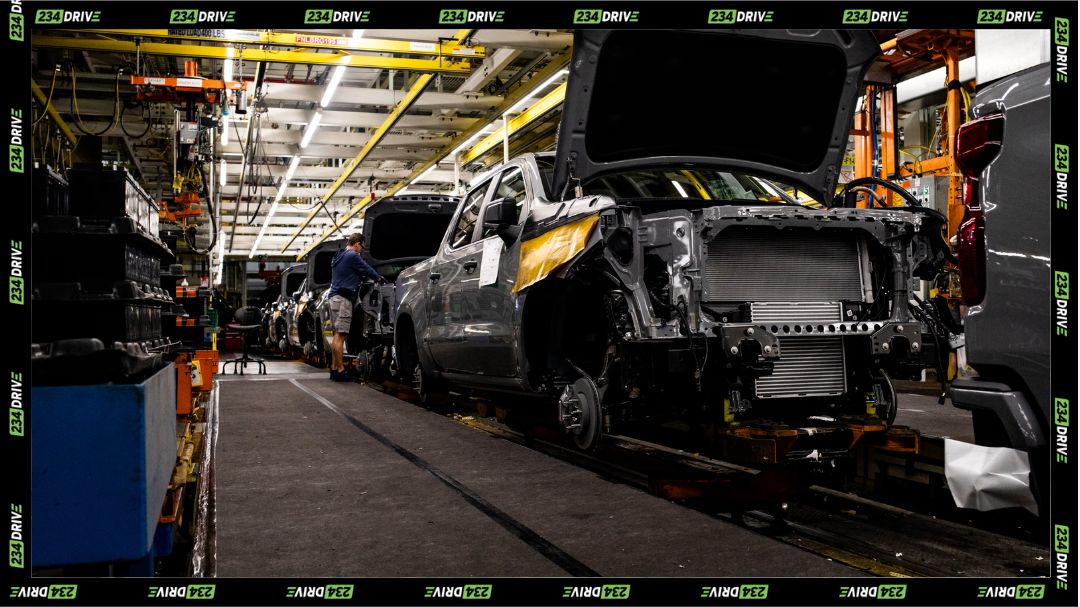Waabi’s collaboration with Volvo has produced one of the most significant breakthroughs in the trucking industry this decade; the Volvo VNL Autonomous truck. Unveiled at TechCrunch Disrupt 2025, the truck demonstrates how artificial intelligence is redefining freight movement by removing the need for a human driver. It’s a major signal of how autonomy, not just electrification, is reshaping logistics.
The project merges two distinct strengths: Volvo’s proven industrial hardware and Waabi’s deep learning software. The result is a Class 8 truck capable of Level 4 autonomy, meaning it can operate without human intervention on specific routes such as highways and controlled access roads. This truck is already being tested in Texas, with plans to expand operations across the United States. Under the hood, the Waabi Driver AI system processes data end-to-end, enabling the vehicle to make driving decisions in real time while adapting to new environments. CEO Raquel Urtasun, Waabi’s founder and a former Uber ATG scientist, described the system as scalable, safe, and ready for commercial deployment.

At its core, the Volvo VNL Autonomous truck is a showcase of applied artificial intelligence. It uses redundant systems for braking, steering, and communication to ensure operational safety, along with lightweight sensor pods that make mass production easier. Built on NVIDIA’s DRIVE AGX Thor and Hyperion 10 compute platforms, the truck can handle the massive data streams required for self-driving decisions. This technological backbone allows Waabi to compete directly with rivals like Aurora and TuSimple, pushing the race for driverless freight toward large-scale commercialisation.
While the truck itself focuses on autonomy rather than electric power, Volvo’s larger strategy makes the connection clear. The company aims for half of its global truck sales to be electric by 2030, a figure that matches its current dominance in Europe’s heavy-duty electric segment. In 2024, Volvo held a 47% share of the European market and 40% in North America. By pairing its electrification roadmap with Waabi’s AI technology, Volvo is building a long-term foundation for sustainable and autonomous logistics.
Battery innovation plays a key role in this evolution. Since 2020, commercial battery costs have dropped by roughly 30%, with projections suggesting prices could reach $80 per kWh by 2026. This shift will lower the overall cost of electric trucks by thousands of dollars, allowing many fleets to achieve cost parity with diesel models before 2030. Yet, high upfront costs and infrastructure limitations still slow adoption especially for long-haul trucking. Charging networks, grid upgrades, and logistics coordination all present challenges that need industry-wide collaboration to solve.
Beyond technology, the ripple effects of automation are beginning to touch the human side of logistics. Autonomous trucks could transform job opportunities in rural regions like the American Midwest, where freight routes are critical to agriculture and industry. While some worry about driver displacement, emerging roles in fleet monitoring, sensor maintenance, and AI system support are growing. Companies such as EASE Logistics, in partnership with DriveOhio and the Ohio Department of Transportation, are already testing automated trucks on rural roads. These initiatives create new technical and logistics jobs, positioning autonomy as a source of transformation rather than replacement.

The Waabi-Volvo partnership also signals a deeper shift in how freight technology ecosystems operate. Instead of incremental automation, this collaboration moves directly toward full driverless readiness, a stage that could redefine long-haul operations. If successful, it will influence regulatory discussions about safety standards, data transparency, and the role of human oversight in autonomous transport systems.
Globally, the timing couldn’t be better. Demand for cleaner and smarter logistics is accelerating. Governments are tightening emissions regulations, and logistics firms are under pressure to cut costs and carbon output simultaneously. Electric and autonomous trucks offer a path to both goals. Analysts predict that by 2030, the combined global market for electric and self-driving trucks could exceed $200 billion, with double-digit growth rates driven by advances in AI, sensors, and battery chemistry.
Waabi’s move positions it among a small group of startups transitioning from prototypes to profitable deployments. Within eight months of announcing the Volvo partnership, the company achieved full integration of its Waabi Driver system into a commercial-grade platform at a pace that outstrips most competitors. The collaboration underscores a growing trend: traditional manufacturers and AI-first startups joining forces to accelerate commercial readiness.
This reveal doesn’t just mark another milestone in tech development; it marks a strategic pivot for the entire freight industry. Autonomy is no longer a distant vision, it’s entering real-world logistics networks. As more states authorise driverless operation and as electric powertrains become cheaper, the freight ecosystem will likely experience its fastest transformation in decades.
The real question now is not whether autonomous and electric trucks will dominate, but how quickly regulators, infrastructure providers, and logistics firms can adapt. Should these vehicles be treated like public infrastructure supported, regulated, and integrated at scale to speed up adoption? The Waabi-Volvo truck may well be the model that forces that conversation.


